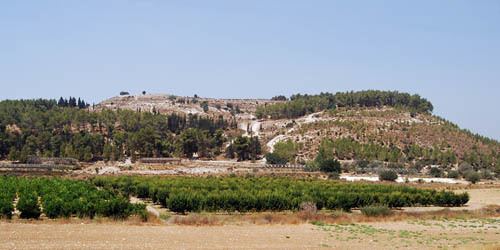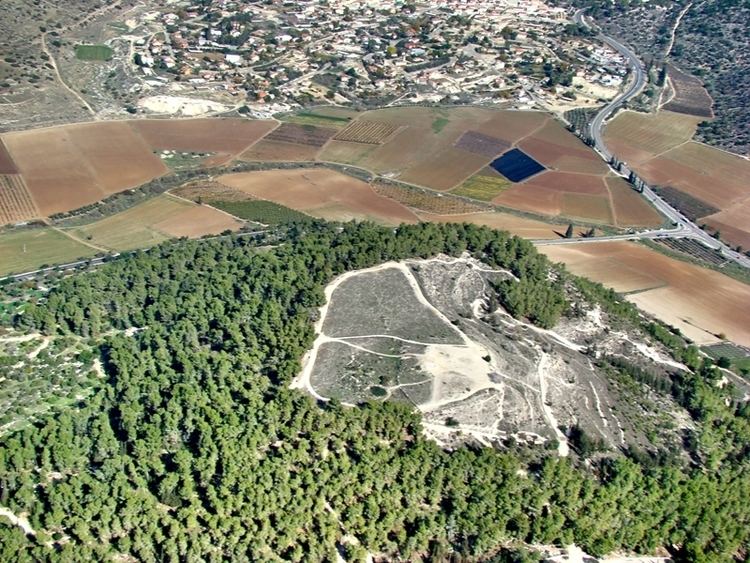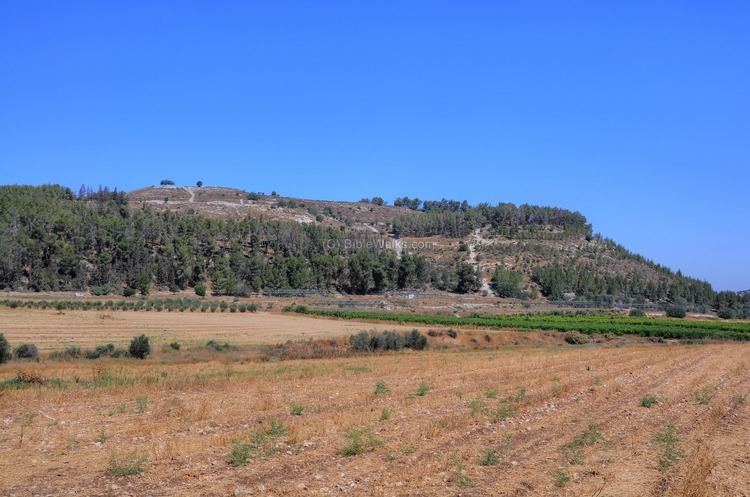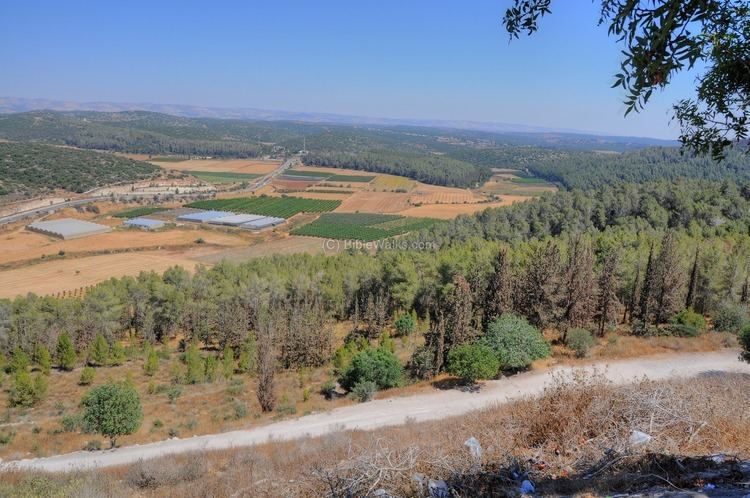Local time Saturday 9:40 AM | ||
 | ||
Weather 16°C, Wind SE at 6 km/h, 65% Humidity | ||
Azekah ausgrabung in israel
Azekah (Heb: עזקה, ʿazeqah) was a town in the Shephelah guarding the upper reaches of the Valley of Elah, about 26 km (16 mi) northwest of Hebron. The current tell (ruin) by that name has been identified with the biblical Azekah, dating back to the Canaanite period. Today, the site lies at the purlieu of Britannia Park. According to Eusebius' Onomasticon, the name meant "white" in the Canaanite tongue. The tell is pear shaped with the tip pointing northward. Due to its location in the Elah Valley it functioned as one of the main Judahite border cities, sitting on the boundary between the lower and higher Shephelah. Although listed in Joshua 15:35 as being a city in the plain, it is actually partly in the hill country, partly in the plain.
Contents
- Azekah ausgrabung in israel
- Breaking israel news david killed goliath here in tel azekah valley of elah
- Biblical history
- Identification
- Non Biblical mention
- Archaeological findings
- References

Breaking israel news david killed goliath here in tel azekah valley of elah
Biblical history
In the Bible, it is said to be the place where the Amorite kings were defeated by Joshua, and their army destroyed by a hailstorm (Joshua 10:10-11). It was given to the tribe of Judah (Joshua 15:20). In the time of Saul, the Philistines massed their forces between Sokho and Azekah, putting forth Goliath as their champion (1 Samuel 17). Rehoboam fortified the town in his reign, along with Lachish and other strategic sites (2 Chronicles 11:5-10). Lachish and Azekah were the last two towns to fall to the Babylonians before the overthrow of Jerusalem itself (Jeremiah 34:6-7). It was one of the places re-occupied by the people on the return from the Captivity (Nehemiah 11:30).
Identification

Although the hill is now widely known as the Tel (ruin) of Azekah, in the early 19th-century the hilltop ruin was known locally by the name of Tell Zakariyeh. In 1838, British-American explorer Edward Robinson passed by the site of Tell Zakariyeh, which stood to the left of the modern village which bare the same name. French explorer Victor Guérin thought Tell Zakariyeh to be the village mentioned in the Book of I Maccabees (6:32), known then as Beit Zakariah. "As for Azekah," Guérin writes, "it has not yet been found with certainty, this name appearing to have disappeared." Scholars believe that the town's old namesake was changed at some early time in Jewish history.
Non-Biblical mention
Azekah is mentioned in two sources outside of the Bible. A text from the Assyrian king Sennacherib describes Azekah and its destruction during his military campaign.


Azekah is also mentioned in one of the Lachish letters. Lachish Letter 4 suggests that Azekah was destroyed, as they were no longer visible to the exporter of the letter. Part of the otracon reads:

Archaeological findings

Excavations by the English archeologists Frederick J. Bliss and R. A. Stewart Macalister in the period 1898-1900 at Tel Azekah revealed a fortress, water systems, hideout caves used during Bar Kokhba revolt and other antiquities, such as LMLK seals. Azekah was one of the first sites excavated in the Holy Land and was excavated under the Palestine Exploration Fund for a period of 17 weeks over the course of three seasons. At the close of their excavation Bliss and Macalister refilled all of their excavation trenches in order to preserve the site. The site is located on the grounds of a Jewish National Fund park, Britannia Park.

The Lautenschläger Azekah Expedition, part of the regional Elah Valley Project, commenced in the summer of 2012. It is directed by Prof. Oded Lipschits of the Institute of Archaeology of Tel Aviv University, together with Dr Yuval Gadot of TAU and with Prof. Manfred Oeming of Heidelberg University. and is a consortium of over a dozen universities from Europe, North America, and Australia. In its first season 300 volunteers worked for six weeks and uncovered walls, installations, and many hundreds of artifacts. As part of the Jewish National Fund park, whenever possible structures will be conserved and displayed to the public.
